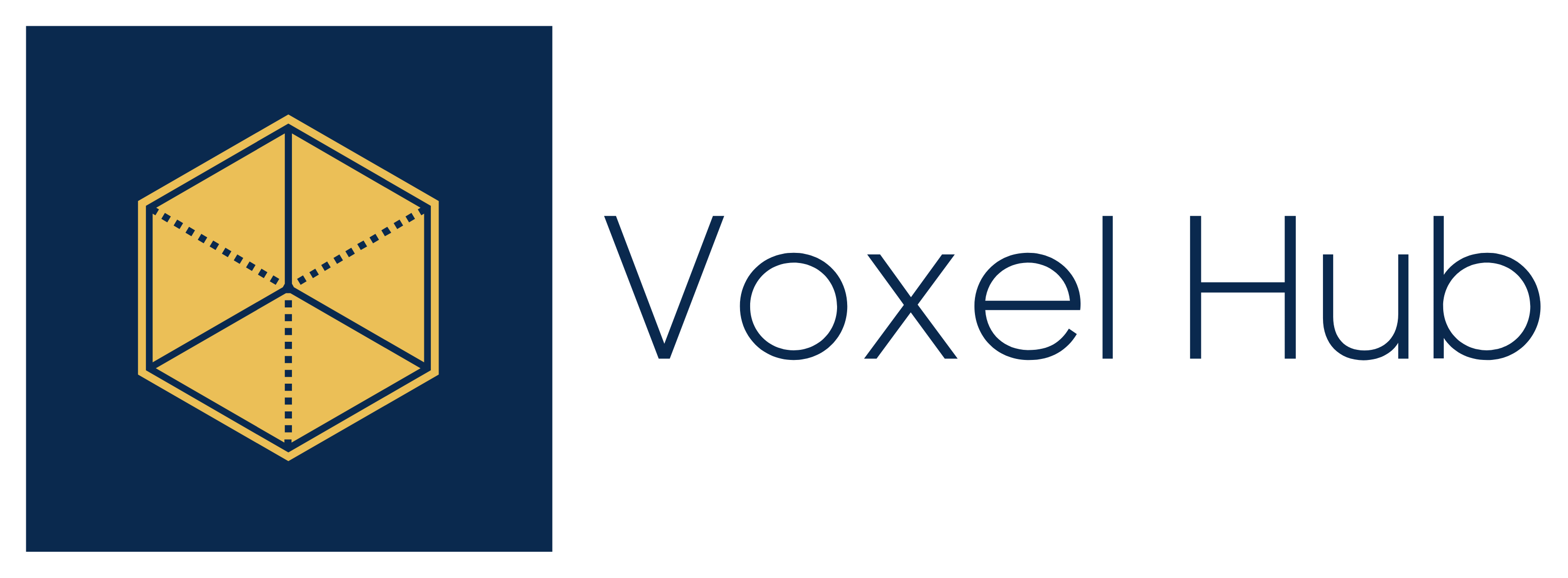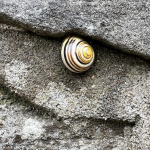On healthy boundaries
Good morning! I hope this finds you safe and well. Each time I return to Substack, I notice how much happens in a week or two – I am so happy that I practice Nature awareness and my days are full of green and wildlife observations. The second part of September was full of blooms and wildlife. As the days grow shorter and my work commitments speed up with the counselling practice getting busier, too, I am making more effort to balance out the screen time with Nature Connectedness.
Bristol is a beautiful city for that. It is full of hidden treasures for Nature lovers, so we spend at least one part of our weekends on local micro-adventures – a perfect way to stop flying and help Mother Earth survive. Last weekend, I went for a walk at our local park:
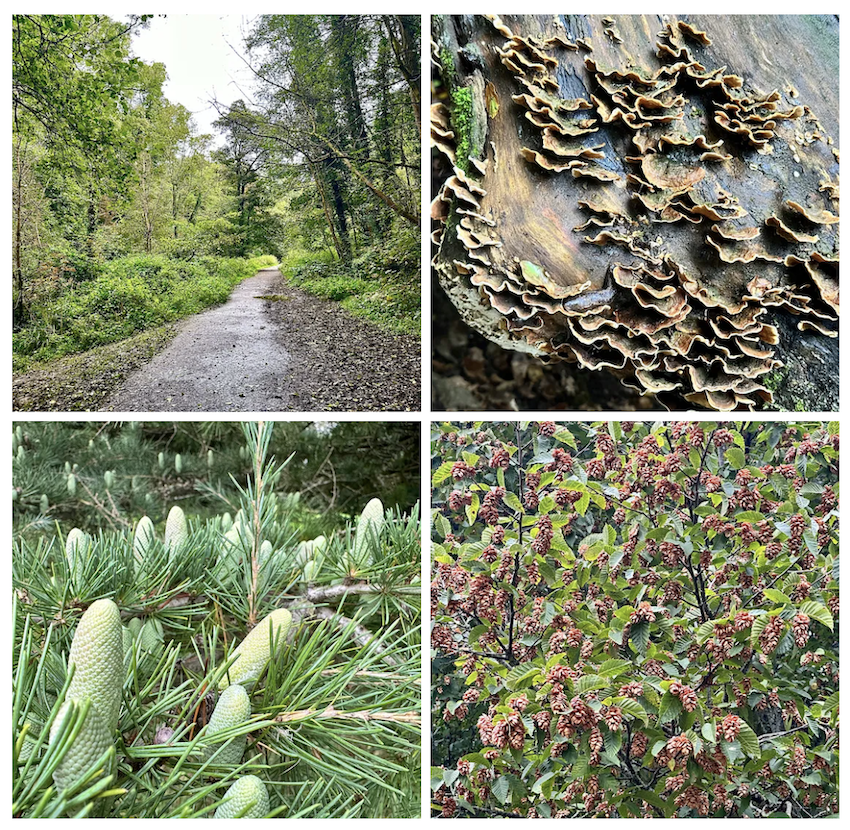
Yesterday, our friends invited us to their hidden gem for a longer walk:
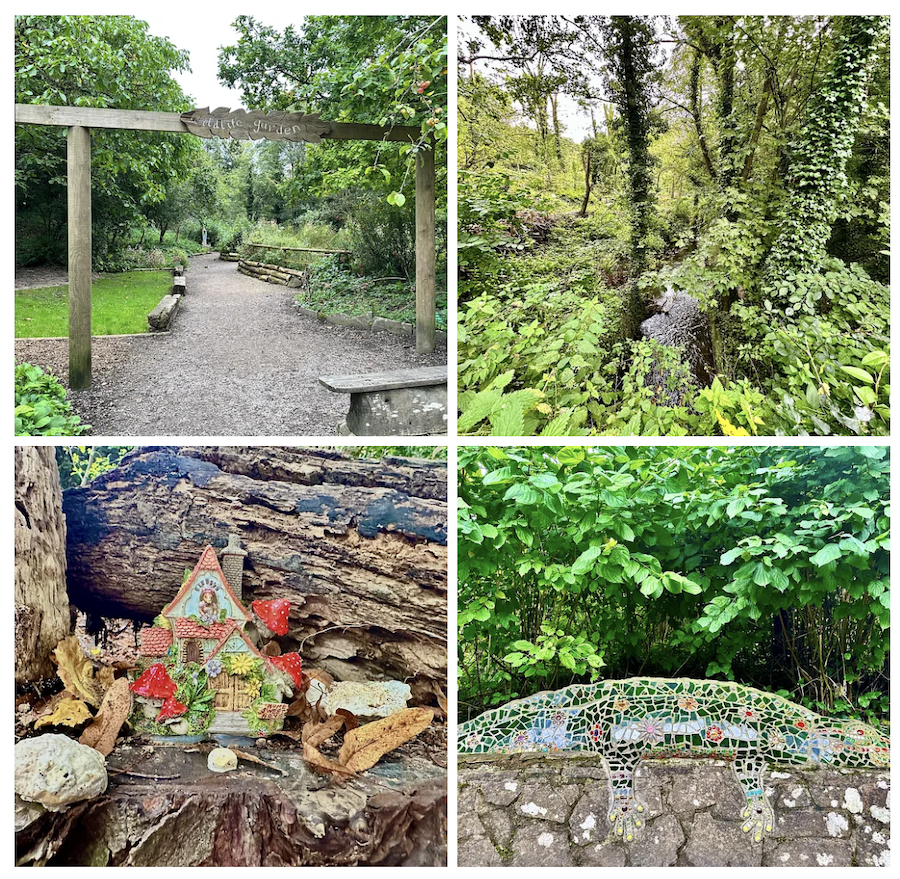
Spending a few hours in those rich landscapes a few minutes away from our home is refreshing and healing.
And it still leaves space for the autumnal preparations for winter on our allotment. The greenhouse is shaping up now, the last crops are picked, and I am slowly tidying up the beds – I love autumn as this is the time to slow down, rest, prepare to restore and dream of the new growth cycle next year. We had small wins, too: our passion fruit and grape vines finally formed fruit, and our second pond helped the wellbeing of frogs – I saw a mum with a baby yesterday! Seeing the wildlife roaming on this tiny bit of land is so lovely.
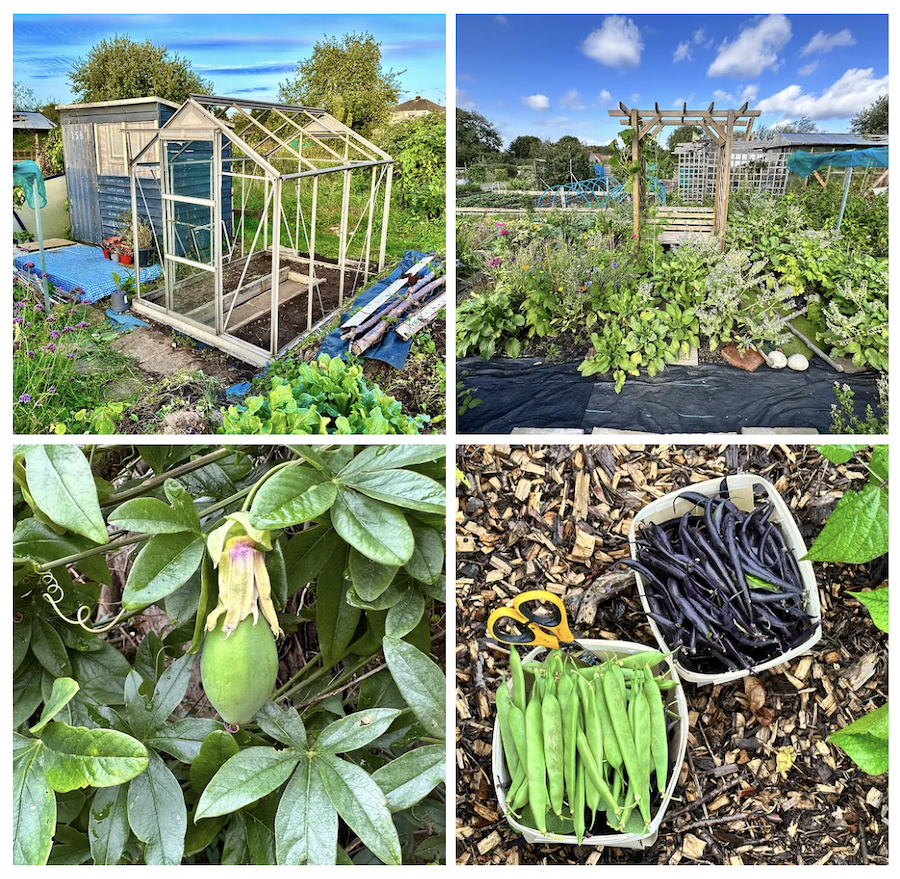
This year, my personal goal was to focus on growing from seeds. Just in time, I guess, considering some mainstream seed catalogues for 2024 have F1 (not reproductive) seeds across entire plant categories! Limiting our access to reusable plants and expecting us to buy seeds yearly is absolutely not okay. I am slowly stopping shopping for seeds elsewhere except the Real Seeds company in Wales. This year, we have successfully grown tomatoes, cucumbers and peas from seed. Our friends gave us Moldovan beans in spring, and just this week, we collected the last crop – a small batch left to dry and collect for the seeds for next year. We have also successfully collected all other allotment beans.
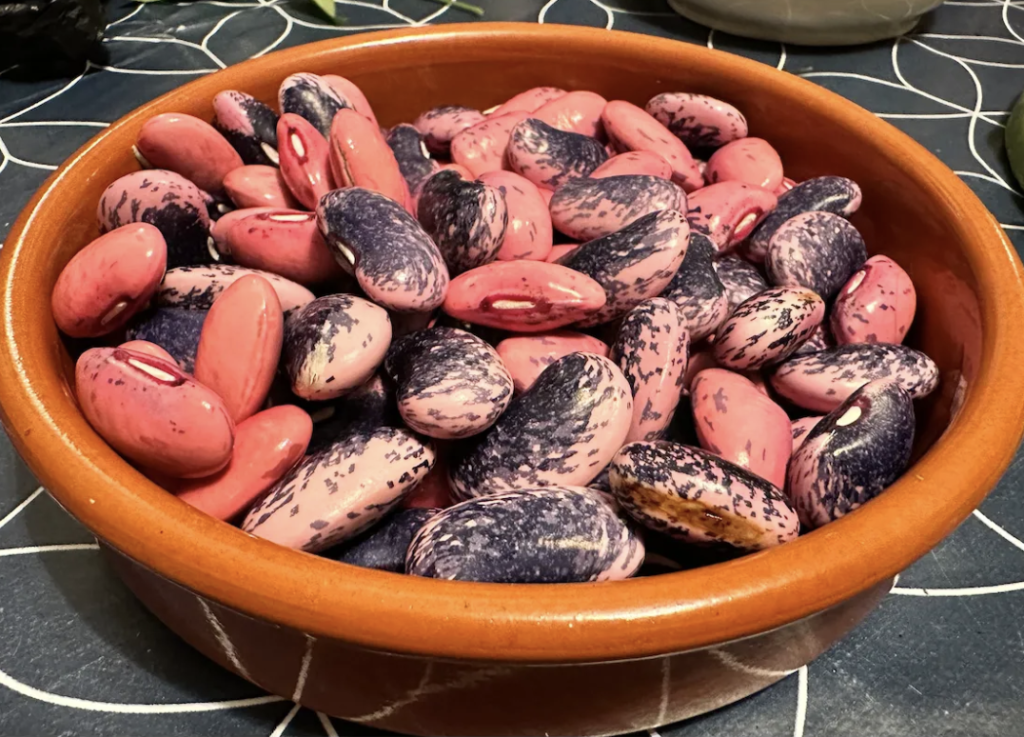
And while we prepare for winter, allotment still offers wonderful blooms to cheer us up:
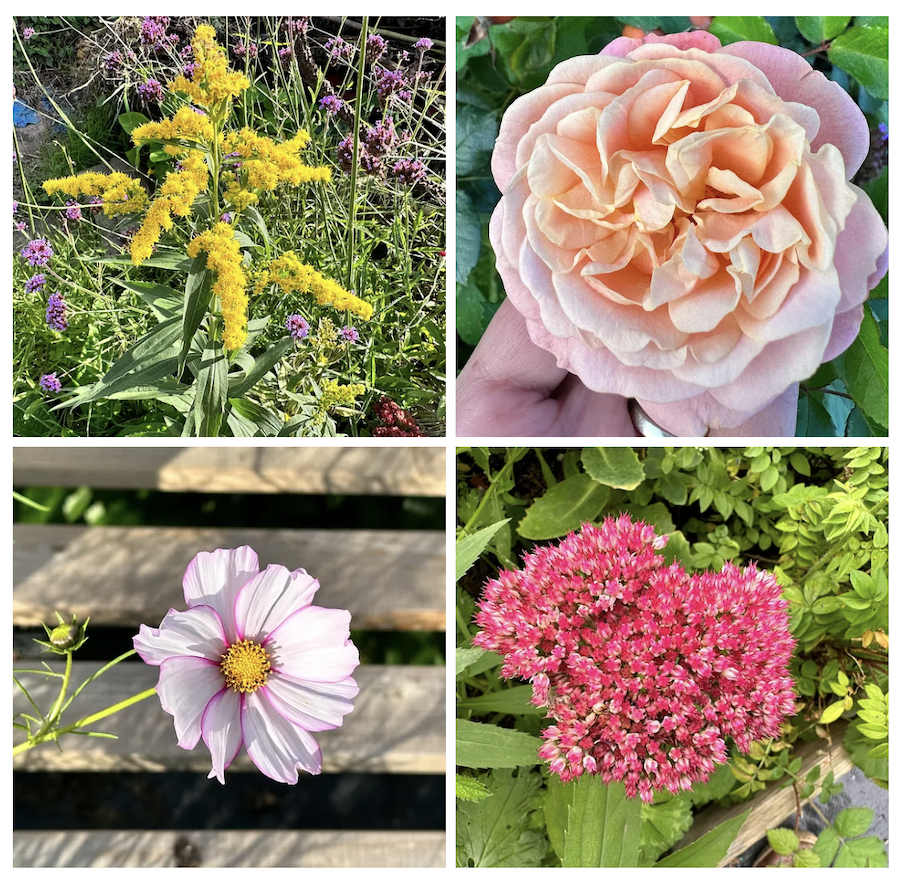
At home, the autumn is in full swing. September is the month of spiderwebs, so going out at the back feels like a sport – each time I cross the garden path, I find myself trapped in a new web. The resident fox is back, so I take bad photos and videos to let them be and enjoy the tops of the sheds. The slugs leave marks on our morning windows. And the Perseverance tree offers us the first two giant pears for us to consume – they are now resting on the kitchen table. Yum!
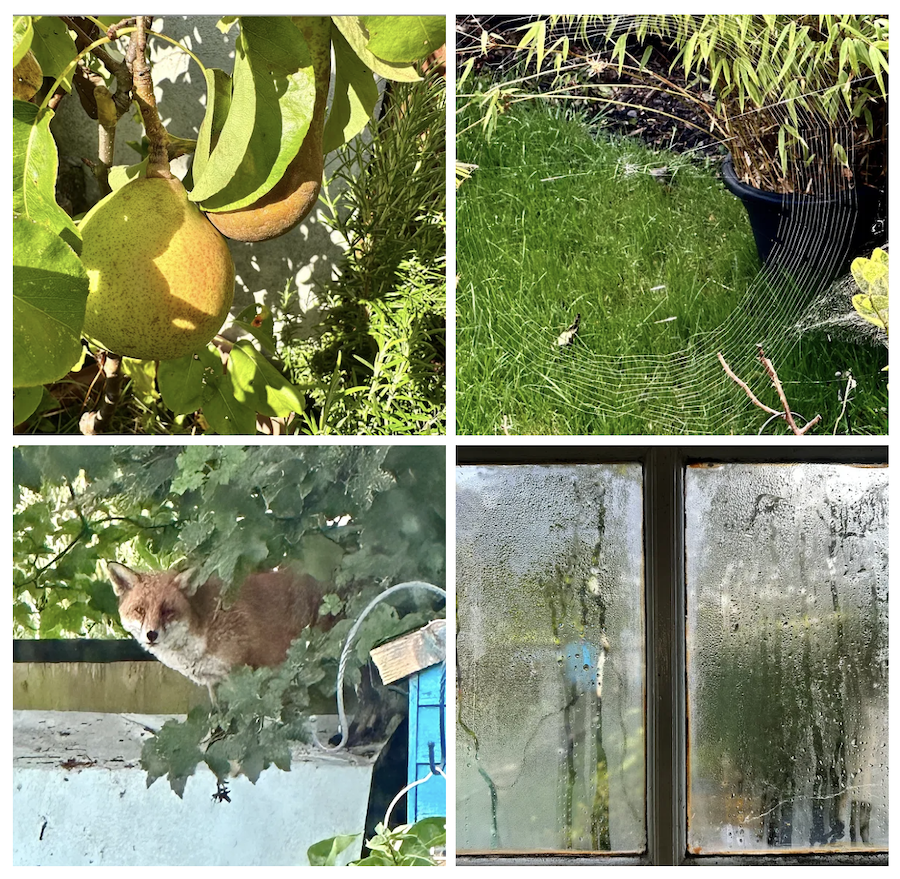
This soft transition from September to October, from late summer to autumn, reminds me of the importance of transitions and the concept most important in handling them: boundaries. I gave a few talks recently, but the one on digital burnout really stood out for me because many people do not realise how, in the modern, digitally connected reality of our neo-liberal world, many of us have no choice but to spend many hours on screens daily. Screens, of course, are not the issue here, but the lack of training and awareness around our boundaries. If we do not have clearly defined, healthy boundaries of work, we cannot practice healthy transitions, and then we may struggle with overwhelm, anxiety or even depression.
This week, I finally finished more extensive research work, so I was able to pick up the book on boundaries written by the amazing Nedra Glover Tawwab (I strongly recommend her educational Instagram account) and expanded my understanding of rigid, healthy and porous boundaries:
- rigid – solid no and boundary marking, which keeps us safe at all times but limits our ability to form trusted relationships as we are scared to show up in our vulnerability
- healthy – assertive boundaries adjusted to specific situations, with trust and vulnerability offered to people in our lives who have earned our trust and support
- porous – weak or non-existent boundaries where we offer help even when we do not have the capacity for it in the feat of offending others, and then end up exhausted and burned out.
(Reflection)
Healthy boundaries are critical for healthy digital wellbeing, especially for transitions from and to digital work, so today, I invite you to reflect on how managing boundaries shows up in your life:
When you read the above list of types of boundaries, can you sense what is the dominant type for you? Do you need to explore and adjust the way you manage your boundaries?
Can you think of a time when someone tried to invade/cross your boundaries, and you managed that situation well, assertively, re-gaining your agency, space and peace of mind – maybe even improving the trust and quality of the relationship with that person?
Can you think of a time when you didn’t manage your boundaries well at all, and what was the cost of that? What would you do differently? What knowledge and skills do you need to manage similar situations better in the future?
List all your personal statements for boundary management and notice the language you use – can you make it more assertive and communicate your boundaries clearly with others?
Spend time browsing your social media landscape for professionals offering free advice on managing boundaries. Notice how you feel reading their content.
(I am off to maybe try the homegrown pears for breakfast, so I wish you a soft Sunday!)
This post was originally posted on Substack in our Syl’s Liberation Psychologies Newsletter.
